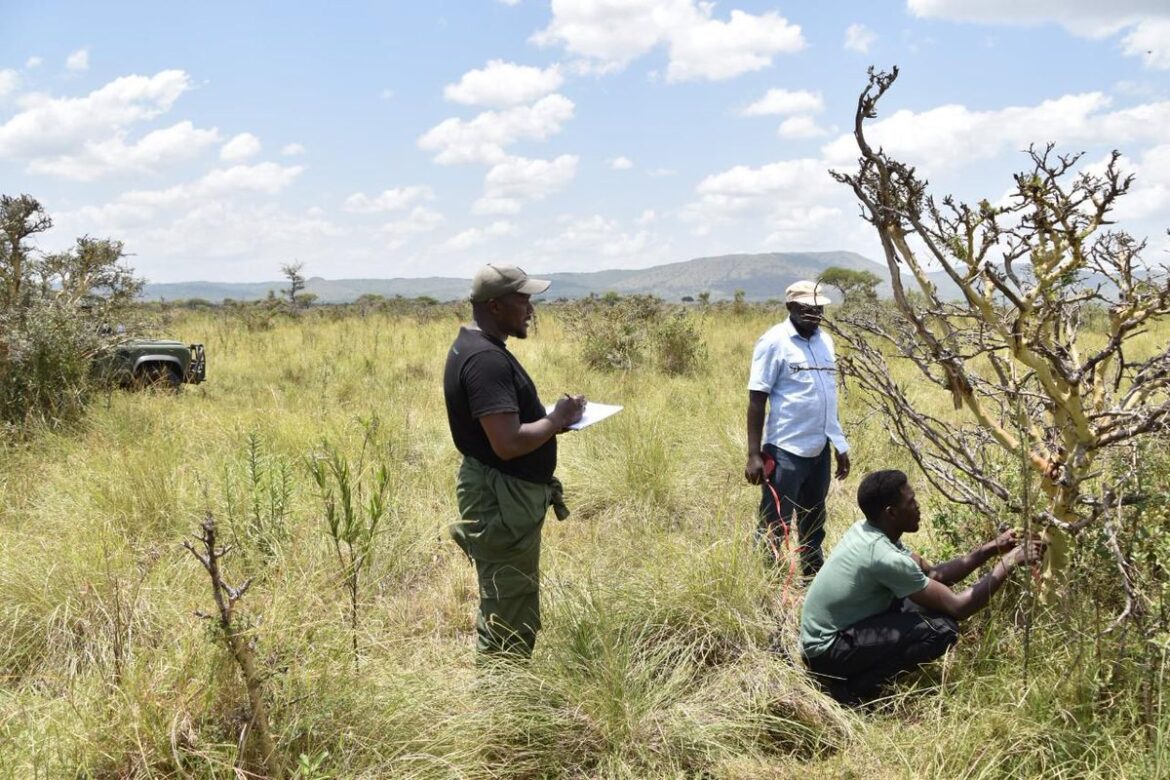By Musa Maridhawa
As the 2nd International Wildlife Scientific Conference convenes in Naivasha starting today, a spirit of unprecedented optimism fills the air as the gathering of leading conservationists exchange notes. Under the theme “Innovations in Wildlife Conservation Science and Practice for Socioeconomic Development,” the conference will no doubt be abuzz with discussions about scientific breakthroughs that are poised to alter the very fabric of biodiversity preservation across the globe.
From laboratory breakthroughs to field applications, these advances are merging cutting-edge biotechnology with traditional stewardship, offering a lifeline to thousands of species teetering on the brink of extinction. The most visionary of these is the emerging potential of gene editing to rescue endangered species not merely by increasing their numbers, but by surgically restoring their lost genetic diversity. Scientists propose a framework where DNA from museum specimens and bio-banks can help to reintroduce vital genetic variants that have vanished from struggling wildlife populations.
This approach addresses a critical flaw in traditional conservation success stories, where species recovered from the brink of extinction often remain genetically compromised. The pink pigeon of Mauritius, for instance, has seen its population grow from a mere ten individuals to over six hundred through dedicated efforts. This has taken place despite the fact that the rare pigeon remains trapped by a diminished gene pool and a high load of harmful mutations that has threatened its survival within decades.
Genome engineering now offers the possibility to recover the lost diversity by enabling such species to adapt to future environmental changes.
Simultaneously, advanced technological monitoring is expanding the frontiers of conservation. Across the world, from the tropical forests of the Democratic Republic of Congo to the wetlands of Tanzania, satellite technology, environmental DNA sampling, and artificial intelligence are providing an unprecedented, real-time view of ecosystem health. These tools allow for precise tracking of vegetation regrowth, the detection of elusive species, and the prediction of environmental impacts. This enables a proactive approach to conservation management.
Perhaps most profoundly, a paradigm shift is solidifying around the understanding that long-term conservation success is inextricably linked to human communities. The recognition that heavy-handed enforcement alone is insufficient has given way to a more inclusive conservation model. Evidence now confirms that projects that engage local and indigenous communities in decision-making, provide tangible benefits from wildlife stewardship, and mitigate the costs of human-wildlife conflict are far more effective in building lasting local support for conservation. This community-centric approach is proving vital in tackling complex challenges like illegal wildlife trade, where local partnership is more effective than purely militarized strategies.
Furthermore, the integration of disciplines through a “One Health” approach is forging a holistic path forward. This perspective, which will be a key subtheme at the Naivasha conference, recognises that the health of wildlife, domestic animals, humans, and ecosystems are interconnected. This has led to innovative collaborations where conservationists, veterinarians, and public health experts work in unison to manage diseases, monitor ecosystem changes, and build resilience against climate change, ensuring that conservation strategies contribute to broader socioeconomic development.
These breakthroughs collectively signal a move away from reactive, crisis-driven conservation toward a future that is proactive, preventative, and precise. As scientists, policymakers, and community advocates gather in Naivasha, the consensus is clear: the future of biodiversity depends on embracing these unprecedented technological tools while strengthening the timeless bond between people and nature.
Clearly, the work of the Wildlife Research and Training Institute, in providing the scientific bedrock for these efforts, ensures that Kenya remains at the forefront of this global conservation renaissance
Maridhawa is a Kilifi-based ethnographer



